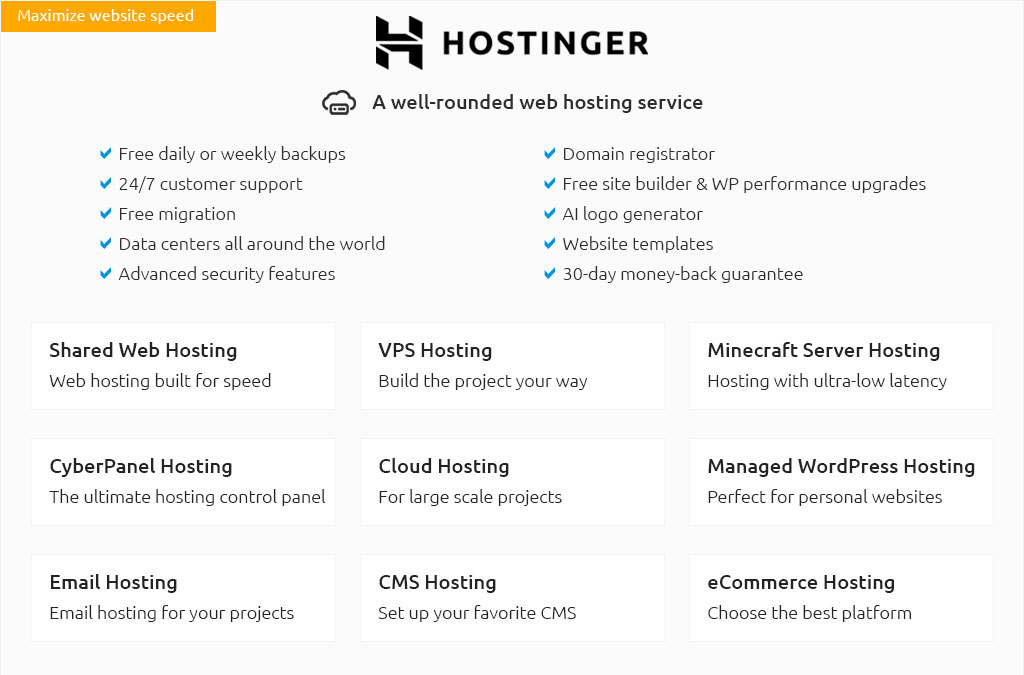 |
|||
 |
 |
 |
|
 |
|
 |
 |
 |
|||
 |
|||
 |
|||
 |
|||
 |
|||
 |
|||
 |
 |
Exploring the Best Web Server for PHPIn the ever-evolving landscape of web development, choosing the right web server for PHP is paramount for ensuring optimal performance, security, and scalability. With numerous options available, the decision often boils down to a few key players: Apache, Nginx, and LiteSpeed. Each of these servers comes with its own set of advantages and potential drawbacks, making it crucial to understand their features, performance metrics, and suitability for various applications. Apache has long been a staple in the world of web servers, renowned for its stability and wide array of features. It's often the default choice for many developers due to its extensive documentation and community support. One of Apache's significant strengths lies in its modular architecture, allowing users to tailor the server to their specific needs. With modules like mod_rewrite for URL manipulation and mod_ssl for SSL/TLS support, Apache provides a robust platform for PHP applications. However, while Apache is versatile, its performance may not always match that of its competitors, especially under high traffic loads. On the other hand, Nginx has gained popularity for its high-performance capabilities and low resource consumption. Unlike Apache's process-driven model, Nginx employs an event-driven, asynchronous architecture, making it exceptionally efficient at handling concurrent connections. This design choice is particularly advantageous for high-traffic sites where speed and scalability are critical. Nginx also acts as a superb reverse proxy, making it an ideal companion for PHP applications that require load balancing and caching solutions. Despite its strengths, configuring Nginx can be more complex than Apache, posing a steeper learning curve for beginners. LiteSpeed is another contender worth considering, especially for those seeking a drop-in replacement for Apache. Known for its impressive speed and built-in security features, LiteSpeed excels in delivering dynamic content swiftly. Its LiteSpeed Cache is a powerful tool for optimizing PHP performance, significantly reducing page load times. Furthermore, LiteSpeed's compatibility with Apache's .htaccess files ensures a smooth transition for existing applications. However, it's important to note that while LiteSpeed offers a free open-source version, its enterprise edition comes with licensing fees, which might be a consideration for budget-conscious developers. When choosing the best web server for PHP, several factors come into play. If you prioritize ease of use and extensive support, Apache might be the way to go. For those focused on performance and scalability, especially in high-traffic scenarios, Nginx is often the preferred choice. Meanwhile, if you're seeking a balance between speed and compatibility with existing setups, LiteSpeed presents a compelling option. Ultimately, the decision hinges on your specific requirements and the nature of your projects. To summarize, the best web server for PHP isn't a one-size-fits-all solution but rather a decision that should be tailored to your unique needs. By evaluating the strengths and limitations of Apache, Nginx, and LiteSpeed, you can make an informed choice that aligns with your development goals and enhances the performance of your PHP applications. https://serverguy.com/php-servers/
The PHP Servers mentioned in the list are the best in the market. They are equipped with the required tools that any developers need to host web apps. https://cyberpanel.net/blog/servers-for-php
It allows application developers to effortlessly test applications as it shows up with pre-installed web tools like PERL, PHP, FileZilla, MySQL, and many more. https://www.reddit.com/r/PHP/comments/18nva6o/php_web_server/
Although, for local development, the internal server (`php -S`) is just fine, and for your first app you will probably go for shared hosting ...
|